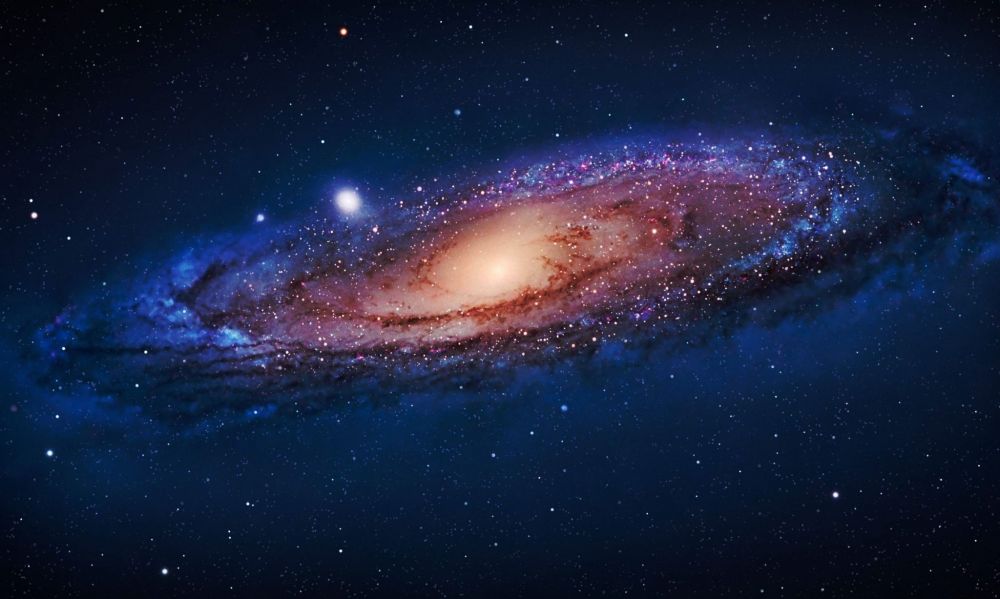
Astronomers discover the largest collision of the Milky Way

- 17-11-2020, 13:38
Follow-up -INA
Astrophysicists have used complex, AI-powered computer models to produce the Milky Way's ancestral family tree.
The research revealed that the Milky Way Galaxy, when it was in its formative stages about 11 billion years ago, experienced its biggest collision ever.
Intergalactic collisions were common in our galaxy's past, but the influence of the mysterious "Kraken" galaxy was so great that it changed the appearance of our galaxy.
Other notable collisions and mergers are the "Helmi Streams" event about 10 billion years ago and the younger Sequoia event about a billion years later.
Shortly after the appearance of Sequoia, the collision with the Gaia-Enceladus galaxy, 9 billion years later, which was previously thought to be the largest collision of the Milky Way galaxy, came before astronomers discovered the "Kraken" event.
"The collision with the Kraken must have been the most significant merger the Milky Way has ever seen," said Dr Diederik Kroisen, co-author of the study from Heidelberg University.
Previously, the collision with the Gaia-Enceladus-Sausage galaxy was thought to be the largest collision event, however, the merger with the Kraken Galaxy occurred 11 billion years ago, when the Milky Way was four times smaller. As a result, the collision with the Kraken must have already changed the shape of the Milky Way at that time.
Scientists have known for some time that galaxies can grow through the merging of smaller galaxies, but until now the origin of our galaxy has been a mystery.
To determine how our ancient galaxy grew to its colossal size of more than 100 light-years across spiral arms and a peanut-shaped core, the scientists used artificial intelligence.
Iraq: Dismantling an international drug network
- Security
- 07:27
Al-Maliki: Elections are a legitimate obligation
- politics
- 07:22
Prime Minister: Iraq is very close to ending camp closures
- politics
- 06:22
Al-Amiri warns of any war between Iran and the US
- politics
- 25/04/01
Oil: 85% of the staff working on BP contract will be Iraqi
- Economy
- 25/03/31












